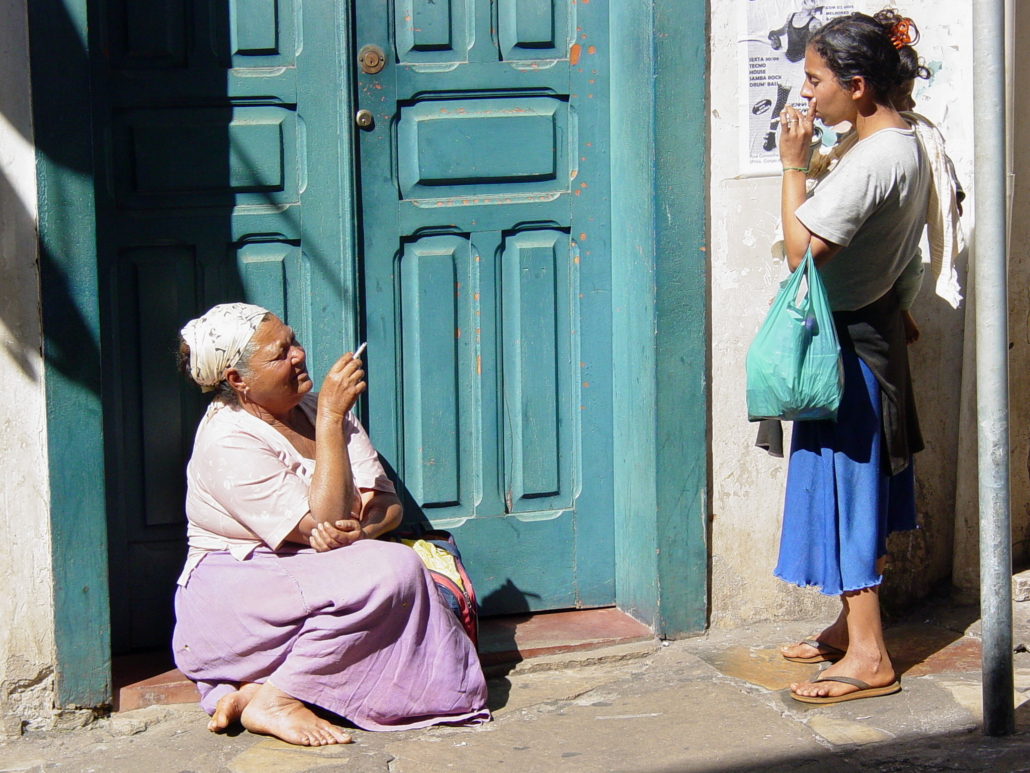Updates on SDG 7 in Brazil: Ongoing Developments

SDG 7, both in Brazil and around the world, has the goal of ensuring everyone has access to sustainable and affordable energy. This means not only providing essential services but also safeguarding the planet that 7.8 billion people and 8.7 million species call home for generations to come.
The United Nations (UN) hopes to achieve all SDGs by the year 2030. For SDG 7, there are five targets. Each target is measurable by one or more indicators. The targets are as follows: increased accessibility to electricity, decreased use of fossil fuels globally, doubled energy efficiency, development of new technologies and the establishment of modern energy infrastructure in all developing nations.
SDG 7 Updates
As for updates on SDG 7 in Brazil, it is one of only six nations on track for success. Along with Brazil, the world leaders in renewable energy are Uruguay, Denmark, Iceland, Norway, Sweden and Finland. Nations, though, may be reluctant to make the switch due to fears transitions could slow or stall economic development. In turn, the fossil fuel industry continues to burn steadily. Brazil, however, is doing a notable job balancing the two. Brazil enjoys near-universal energy access, and nearly half of the country’s energy supply is sustainable. In addition, Brazil’s GDP rose by 2.9% in 2022. However, access to electricity does not necessarily equate to reductions in energy poverty.
Addressing energy poverty is a complex issue. While Brazil has made significant progress in energy production and distribution, the challenge of affordability remains. This problem can be tackled through increased energy efficiency or by offering excess energy to rural areas at more affordable rates. Although Brazil has extended electrical access to even remote regions, rural communities struggle to afford the same energy consumption as urban households.
Despite around 99% of the population having access to electricity, as of 2017, roughly 11% of Brazilians still experience energy poverty.
Brazil’s energy sector has earned a reputation as a global leader, actively engaging in discussions with organizations like the World Economic Forum through energy roundtables. As of late June 2023, the World Economic Forum has made three key observations (modernization, technology and financing) regarding Brazil’s energy landscape.
Modernization
At the round table, Brazil released its 2050 National Energy Plan. The country looks back on past success with carbon credit trading and looks forward to market decentralization to ensure market mechanisms remain stable in further transitions. Though the concept of carbon credits has not yet received backing in international law, the idea is that Brazil is preparing for a future market.
The concept of carbon credits works like this: Countries get a limit on the amount of carbon emissions they can produce during a set period. If a country does not use up its entire carbon allowance, it can sell the unused portion as carbon credits to other countries. These credits are essentially assets in a voluntary market.
Regarding decentralization, it is primarily associated with the trade of solar energy. Brazil is taking steps to facilitate transactions between solar energy producers (prosumers) and energy consumers by removing barriers that hinder the sale of excess energy. This helps to promote the use of renewable energy sources and reduce carbon emissions.
Technology
When transitioning to renewable energies, expanding transmission systems is essential. Renewable energy production varies due to changing weather conditions, making it unreliable without a widespread network of power stations. Brazil, in partnership with China, has undertaken the Belo Monte Phase II project, connecting power plants in the north to the densely populated southeast region. This ambitious project spans more than 2,500 kilometers, creating 16,000 jobs and contributing 2.2 billion Reais in taxes. Brazil’s future plans include increased investment in CCUS (carbon capture, utilization and storage) facilities, a crucial step toward achieving zero emissions by 2050. Before fully transitioning to renewable grids, it’s vital to reduce emissions from the power and industrial sectors. Investment in CCUS technology focuses on efficiently storing and recycling carbon in the environment.
Financing
In 2022, Bloomberg’s Climatescope ranked Brazil ninth in its list of, “most attractive markets for energy transition projects investment.” Brazil is utilizing the growing market for renewable energy with sales of Power Purchase Agreements (PPA) and green bonds domestically and internationally. A green bond works the same as a regular bond only it is intended specifically for projects that positively impact the environment. The green bond market is projected to grow to $1 trillion in 2023. As things stand, the World Economic Forum estimates the entirety of the bond market is about $130 trillion. Brazil and nations like Brazil, are bringing us closer to the goals of SDG 7 and the Paris Climate Agreement.
Looking Ahead
With only seven nations on track to meet Sustainable Development Goal 7 (SDG 7), it appears that many states are cautious about transitioning to sustainable energy. Clean energy solutions can potentially address the challenges resulting from changing weather patterns. For example, rising temperatures render land unsuitable for agriculture, leading to crop failures. Additionally, it threatens livestock by depleting their water sources. Such environmental changes contribute to food insecurity, particularly in communities already struggling with extreme poverty. For these communities, agriculture is a lifeline.
The World Economic Forum suggests that nations should reconsider their dependency on single-source suppliers for critical materials that are essential for their safety and security. In the larger context, Brazil’s achievements regarding SDG 7 set a standard that is both practical and imperative in multiple respects.
– Anthony Coletta
Photo: Flickr
